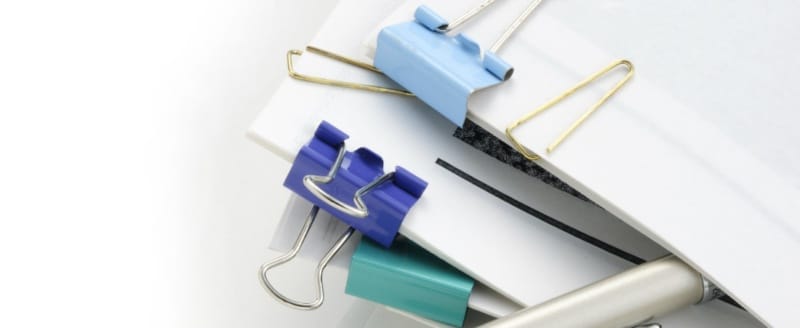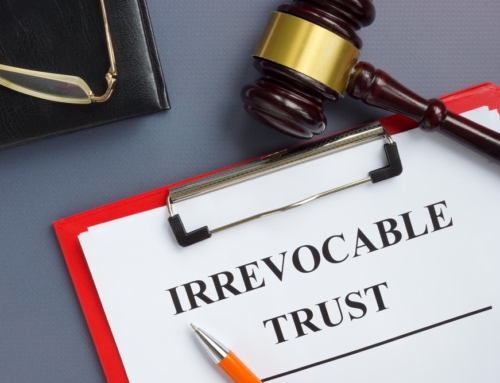After 20 years of working with the same clients, it still astonishes me that every year the very same people forget to bring the very same documents to me when they are filing taxes.
One of the nice things about working with a tax pro is the organization that he or she can offer you. That organization includes a few nifty things:
- A list of questions about changes in your life and finances.
- A checklist of forms to bring.
- Many pages of information for you to enter data, as well as a column that will show you last year’s amounts.
That column with last year’s information is a valuable tool. It can help determine if you have included all the same sources of income and tax deductions (banks, employers, mortgage companies, etc.). Typically, when your amounts are significantly different, something has been omitted.
For instance, if your interest income is half of last year’s, perhaps you are missing a 1099-INT from one of your banks. After all, banks change names or ownership very often. Of course, this also could mean that one of your higher-paying CDs matured earlier in the year—and you had to reinvest it for 1 percent or less.
Similarly, when mortgage interest appears far too low, it might be a red flag that you are missing a mortgage statement. On the other hand, you might have been lucky enough to refinance that 6 percent loan and snag a 3.5 percent rate.
Your tax pro will help analyze the changes in your income and expenses to ensure everything is included when you’re filing taxes for the current year.
What should you be sure to bring when filing taxes?
Every W-2 you have received.
- If you are missing a W-2, bring the last paystub with the year-to-date information, or bring enough information so we can reconstruct your wages and withholding.
Every 1099 you received from your banks and brokerages.
Every 1099-B from your investments showing the sales of securities. Generally overlooked is the purchase information, which you can usually get from your broker.
- Get a printout from the investment house showing the purchase prices and dates for those securities or a summary from your records.
- If you sold pages and pages worth of stocks, include a spreadsheet showing all stocks, including the purchase prices and purchase dates, with the corresponding sales prices and sales dates and a profit/loss column.
Every 1098 you receive from your lenders.
Your property tax statement for both installments during the year.
Copies of the cancelled checks for your estimated tax payments for all four quarters for 2011 or a list of the amounts paid and the dates they were paid.
Your fourth quarter estimated state tax payment for 2010, if it was made in January 2011. That might be deductible this year.
The HUD-1 statement or the equivalent if you sold any property.
These are some of the basic documents you should be bringing with you. Naturally, if you are unsure if an item is deductible, bring along all of the information you have so that your tax pro can figure it out.
Eva Rosenberg, EA is the publisher of TaxMama.com , where your tax questions are answered. Eva is the author of several books and ebooks, including the new edition of Small Business Taxes Made Easy. Eva teaches a tax pro course at IRSExams.com and tax courses you might enjoy at http://www.cpelink.com/teamtaxmama.






